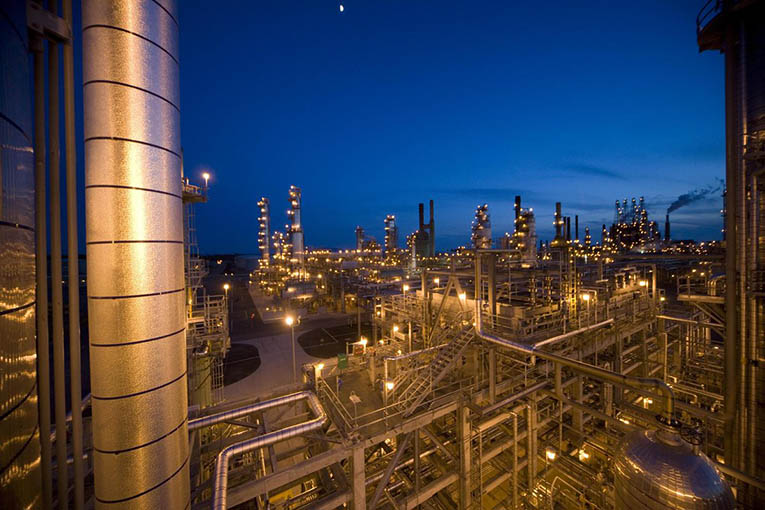Bp, the British oil major, announced this Monday plans to repurpose and upgrade the infrastructure at its Cherry Point Refinery in Washington. The company announced the commitment of a $270 million investment for it.
Firstly, there are three projects in which bp will invest. One being the Hydrocracker Improvement Project (HIP); the other one is the Cooling Water Infrastructure Project (CWI), and finally, the third is the Renewable Diesel Optimization Project (RDO).
According to the statement, these projects will create more than 300 local jobs over the next three years. Those would include more than 200 construction jobs, 25 engineering jobs, and approximately 40 support roles. Bp currently supports more than 36,600 jobs in Washington.
Moreover, the investment and the launching of the three projects aligns with bp’s aims to be net-zero across its operations by 2050 or sooner and to reduce the carbon intensity of the products it sells by 50% by 2050 or sooner.
About such matter, David Lawler, chairman and president, bp America said. “bp’s new investment in Cherry Point builds on a half-century of innovation in Washington state. It will position us to provide lower carbon energy while creating jobs and reducing emissions in our operations.”
Also recommended for you: Democrats agree to boost carbon capture credit – Reuters. Click here to read.
Projects by BP in Cherry Point to be over by 2023
On the other hand, the HIP project will improve efficiency and reduce periods of planned maintenance, resulting in fewer unit shutdowns and associated flaring events. The hydrocracker is the part of the refinery that imposes high temperatures and pressure on oils, adding hydrogen, to produce gasoline, diesel, and jet fuel.
The improvement will allow the device to use less hydrogen, therefore reducing CO2 emissions. In addition, the hydrocracker will require less heat input from the consumption of gaseous fuel in refinery process heaters than it does today. Works for this project will finish by 2023.
Furthermore, the CWI project will upgrade the infrastructure of the cooling towers to allow increased utilization; also, better energy efficiency, and a related reduction in CO2 emissions. The project intends to improve reliability by enabling the refinery to maintain an optimum cooling water temperature year-round. Increasing efficiency in cooling produces fewer light hydrocarbons; such as methane and ethane, that are combusted in process heaters and utility boilers. Works would be ready by 2023.
Finally, the RDO project would require a $45 million dollar investment. It will more than double the refinery’s renewable diesel production capability to an estimated 2.6 million barrels a year. The increased production capability from the RDO project is expected to reduce the CO2 emissions by approximately 400,000 – 600,000 tons per year. As for the previous two projects, the company expects that, together, they would reduce CO2 from the refinery’s operations by 160,000 tons per year.


